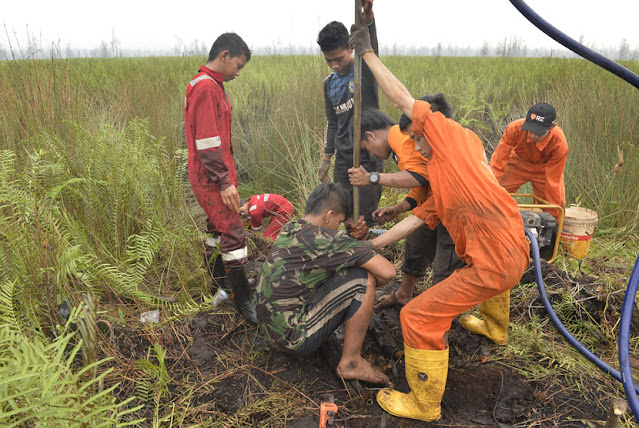Offshore Decommissioning Is Increasingly Being Performed Across the Globe
 |
| Offshore Decommissioning |
Offshore Decommissioning is the safe plugging of matured oil wells together with the disposal of the offshore oil production equipment. It involves a number of steps, including project management, engineering, and planning; along with this permitting and regulatory compliance; platform preparation; conductor removal; well plugging and abandonment; derrick barge mobilization; pipeline and power cable decommissioning; platform removal; materials disposal; and site clearance.
Options for Leaving Infrastructure on
the Seafloor can be varying. A
leave-in-place Offshore
Decommissioning option involves retaining a portion of an existing
offshore platform in the water and allowing it to serve as a marine habitat for
fish, invertebrates, and other organisms. It can be a valuable conservation
decision and can improve the ecological and economic value of a decommissioned
platform area.
In-situ Offshore Decommissioning, where an offshore platform is left in the
water and converted into an artificial reef, is also an option. It can provide
a number of environmental benefits, such as the creation of new and expanded
habitats, improved fisheries management, and reduced costs to operators.
Whether or not an in-situ
decommissioning option is appropriate, however, depends on the specifics of the
project and its location in the ocean. Research is needed to evaluate the
effects of various scenarios on the environment, including how a partial or
complete removal of an infrastructure will impact biodiversity, productivity,
and the conservation value of the area.



Comments
Post a Comment